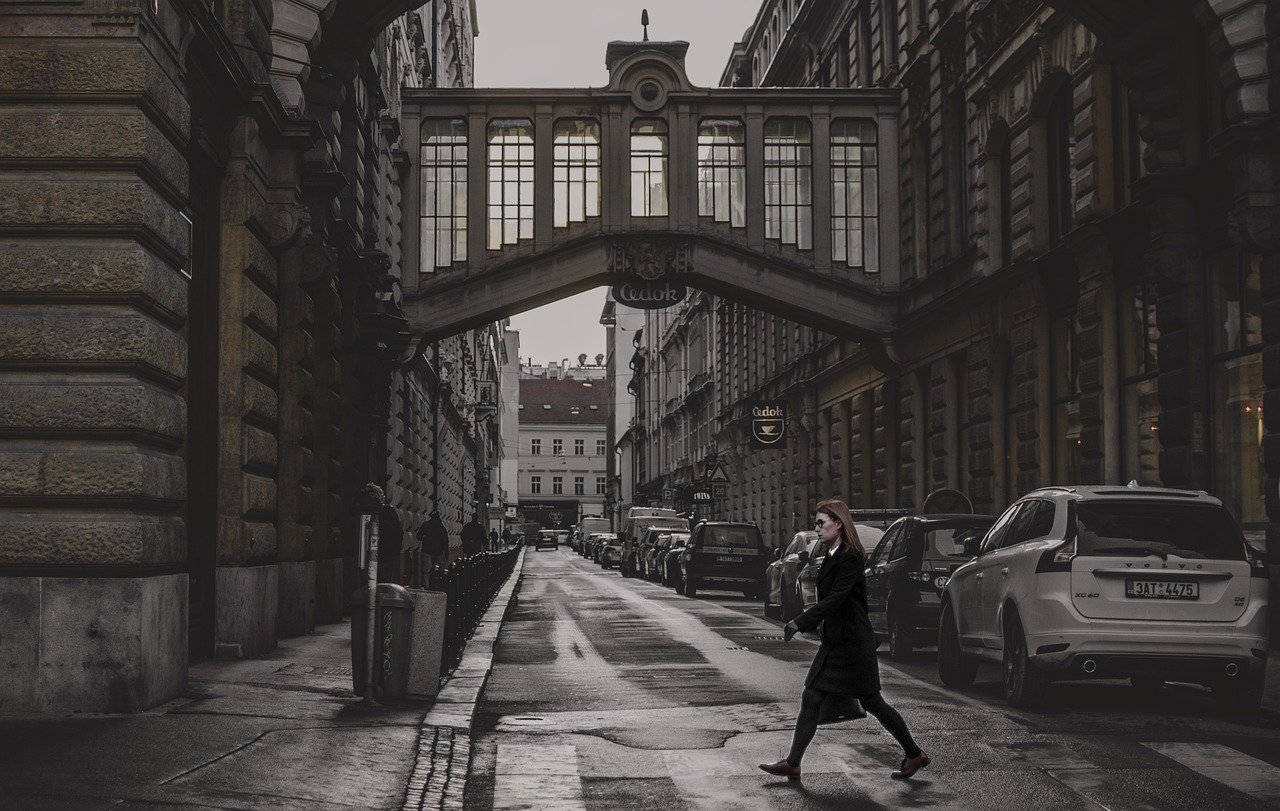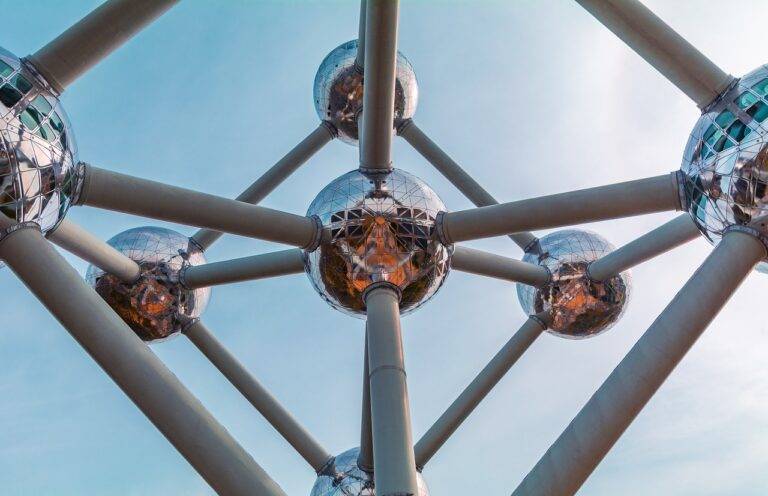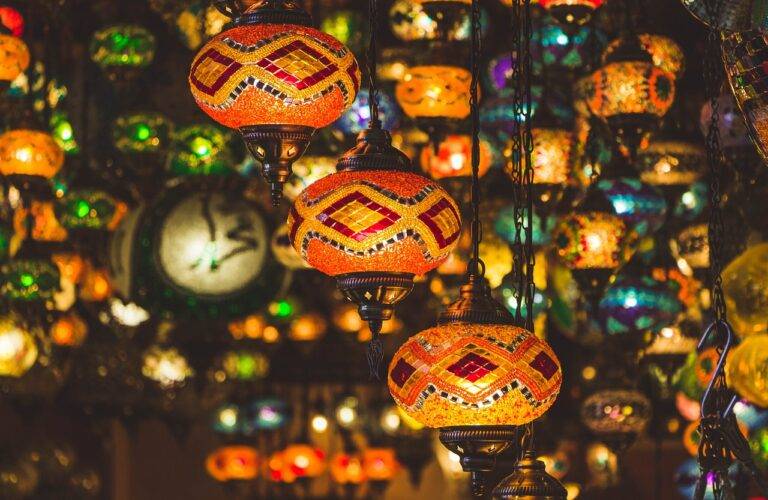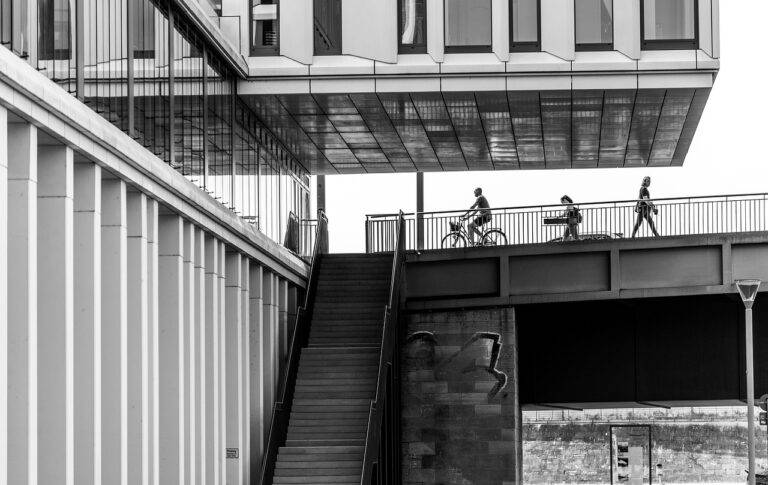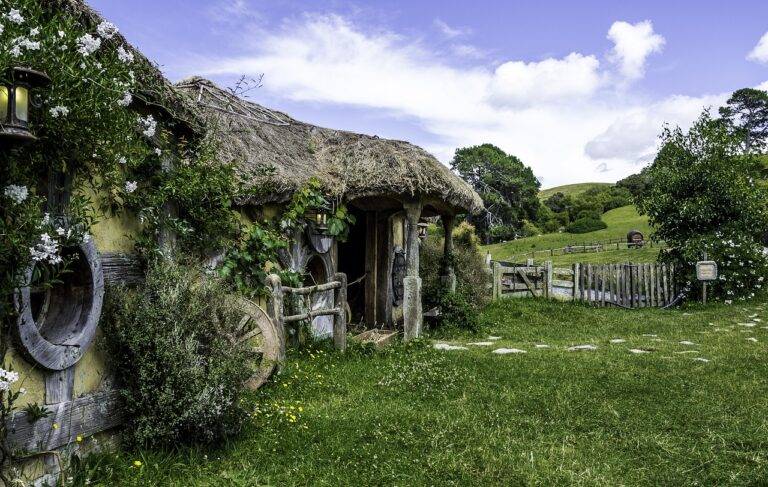The Legacy of Royalty: Exploring Palaces and Castles
T20exchange, ReddyAnnaClub: Palaces and castles have long captivated the imagination of people around the world with their grandeur and historical significance. From the opulent halls of Versailles to the imposing walls of the Tower of London, each royal residence tells a unique story of power, wealth, and cultural heritage. These architectural wonders serve as tangible symbols of the past, offering glimpses into the lives of monarchs, nobility, and courtiers who once walked their ornate corridors.
Built to showcase the might and authority of rulers, palaces and castles often feature elaborate designs, intricate decorations, and luxurious furnishings that reflect the wealth and status of their occupants. Each structure is a testament to the craftsmanship and artistic vision of the architects and artisans who dedicated their skills to creating these marvels of architecture. Through the centuries, these majestic buildings have stood as witnesses to the rise and fall of empires, bearing witness to the tumultuous events that have shaped the course of history.
– Palaces and castles are architectural wonders that captivate the imagination
– They serve as tangible symbols of power, wealth, and cultural heritage
– Each royal residence tells a unique story of the past
– Built to showcase the might and authority of rulers
– Elaborate designs, intricate decorations, and luxurious furnishings reflect the wealth and status of occupants
– Testaments to craftsmanship and artistic vision of architects and artisans
– Witness to rise and fall of empires throughout history
The Architecture of Royal Residences
Royal residences hold a special place in the architectural landscape, showcasing grandeur and opulence like no other. From towering spires to intricate facades, these structures captivate visitors with their timeless beauty and historic significance. The designs reflect the power and wealth of the monarchs who once called these buildings home, with every detail meticulously crafted to impress and inspire.
The diverse architectural styles of royal residences span centuries and continents, each uniquely influenced by the culture and trends of its time. Whether it’s the ornate Baroque palaces of Europe or the elegant Islamic architecture of the Middle East, each royal residence tells a story of its own. The lavish interiors and majestic exteriors transport visitors back in time, offering a glimpse into the lives of royalty and the societies they ruled over.
The Intricate Designs of Palatial Gardens
Palatial gardens have long been admired for their exquisite beauty and meticulous design. These intricate landscapes boast a harmonious blend of architecture, horticulture, and artistry, creating a serene sanctuary for royalty and visitors alike. Walking through these gardens is akin to stepping into a living masterpiece, where every plant, pathway, and water feature is strategically placed to evoke a sense of awe and wonder.
One of the defining characteristics of palatial gardens is their use of symmetry and balance. From perfectly manicured lawns to meticulously trimmed hedges, every element is carefully arranged to create a sense of order and harmony. This meticulous attention to detail not only enhances the aesthetic appeal of the garden but also reflects the wealth and power of the rulers who commissioned its creation.
Why were palaces and castles built with intricate designs?
Palaces and castles were built with intricate designs to showcase the wealth and power of the rulers who lived in them. The elaborate architecture and detailed decorations were meant to impress visitors and symbolize the grandeur of the royal family.
What are some common features of royal residences?
Some common features of royal residences include grand entrances, ornate staircases, opulent ballrooms, and luxurious living quarters. These features were designed to create a sense of awe and majesty for those who entered the palace or castle.
How were palatial gardens designed?
Palatial gardens were designed with meticulous attention to detail, often incorporating elements such as fountains, sculptures, and carefully manicured hedges. These gardens were meant to be a reflection of the beauty and elegance of the palace, providing a tranquil and picturesque setting for the royal family and their guests.
What role did gardens play in the design of palaces?
Gardens played a crucial role in the design of palaces, serving as a symbol of wealth and power. They were often used for entertaining guests, hosting elaborate events, and providing a peaceful retreat for the royal family. The careful planning and maintenance of these gardens were a testament to the status and prestige of the rulers who lived in the palace.

